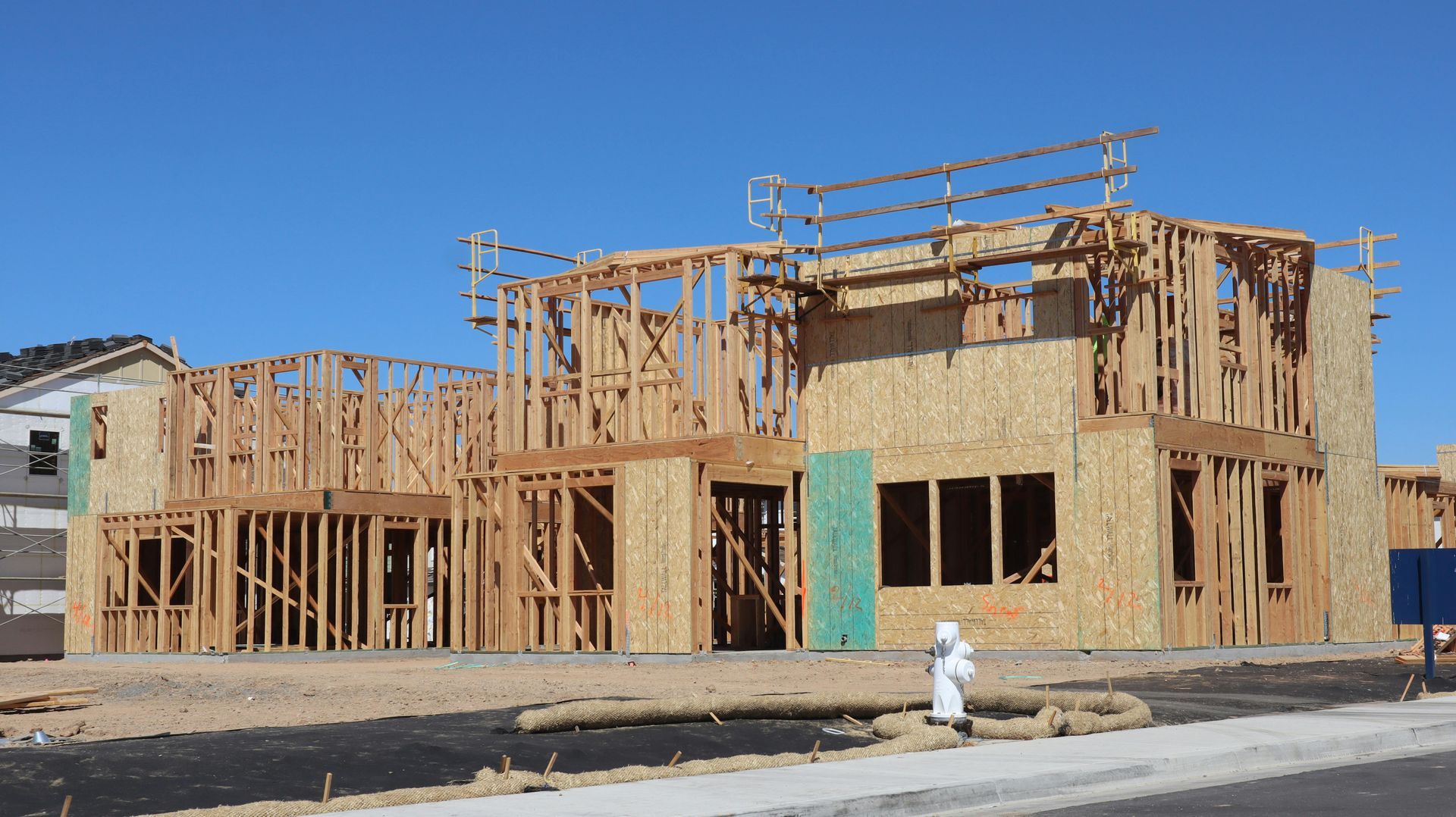5 Things That May be Slowing Your Wi-Fi Speed
The need for speed: When it comes to our internet connections, there is no such thing as being too fast. We crave speed in every aspect of our lives, and our Wi-Fi is no exception.
But when your connection feels like it is starting to slow down, even the simplest tasks can feel like they’re taking an eternity. So, if your device is acting up, is your Wi-Fi connection the culprit – or the device itself? How can you tell?
Here are the five things you need to know that may slow down your Wi-Fi connection.
- The distance dilemma: The further, the slower
Imagine trying to have a conversation with someone across a football field. Just like sound, your Wi-Fi signal weakens over distance. The farther your device is from the router, the slower the speed. If you’re working in your home office upstairs while your router is downstairs, the distance could impact your connection.
Real estate agents often move around. Let’s say you’re trying to show potential buyers a tour on your phone or tablet. Everything is crystal clear until you walk outside. Suddenly, your video starts buffering or cutting in and out. Frustrating, right?
That’s the distance dilemma in action. If your Wi-Fi drops when you walk to a different room, distance is likely the culprit. The Wi-Fi signal weakens the further you are from the router. This is why you might have lightning-fast speeds in your home office but struggle to load a simple webpage when you’re relaxing on the patio.
Pro tip: Consider investing in a Wi-Fi range extender to boost your signal throughout your home. Alternatively, newer mesh Wi-Fi systems can offer more consistent coverage across larger areas. Tech Helpline experts can help walk you through your options.
- Interference: The invisible speed bump
Like driving on a busy highway, your Wi-Fi signal must navigate various obstacles. Walls, doors, and even large furniture can interfere with your signal.
But it’s not just physical barriers: other electronic devices, such as microwaves, cordless phones, and even baby monitors, can also interfere with your Wi-Fi, creating a traffic jam that slows down your connection. This interference can cause significant speed drops, especially if your router is near these devices.
Picture a busy open house with multiple conversations happening simultaneously. Each conversation (or device) competes for attention, leading to a noisy environment. Similarly, your neighbors’ Wi-Fi networks can interfere with yours if you’re in a densely populated area. It’s like trying to have a conversation in a crowded room – the more people talking, the harder it is to hear clearly.
Pro tip: Place your router in a central location or on a higher shelf, away from potential sources of interference. You can also switch your router to a less crowded Wi-Fi channel, as most modern routers allow you to select the channel with the least interference manually.
- A congestion conundrum: The digital rush hour
Think of your Wi-Fi network as a busy intersection. The more devices connected simultaneously, the more your Wi-Fi network can become congested and slow down. Each device, from your smartphone to your smart thermostat, competes for bandwidth, which can lead to slower speeds.
Let’s say you’re hosting a conference call with a client while simultaneously your kids are playing video games online, and your spouse is streaming a video. All these activities demand bandwidth, so it should not be surprising if you have a sluggish connection. Moreover, slowdowns are inevitable if your available internet speed and router are not equipped to handle this traffic demand.
Pro tip: Disconnect devices not in use and prioritize bandwidth-heavy tasks. Modern routers often come with Quality of Service (QoS) settings, allowing you to prioritize specific devices or applications for smoother performance. Again, you can reach out to a Tech Helpline expert for help.
- Old routers cause new problems: The case for upgrading
Technology evolves rapidly, and the old router you’ve been using for years might not be up to the task anymore. If your router is more than a few years old, it might not be capable of delivering the speeds you’re paying for. Outdated routers can’t handle the higher speeds provided by modern internet plans, leading to delays.
Imagine trying to run the latest real estate software on a ten-year-old computer. Like outdated hardware struggles with new software, an old router can’t keep up with today’s high-speed internet demands.
Pro tip: Upgrade your router every few years to ensure it supports the latest Wi-Fi standards. Look for dual-band or tri-band routers that can efficiently handle more devices and higher speeds. If you need advice, Tech Helpline can assist.
- ISP throttling: The invisible funnel slowing you down
Sometimes, the issue is outside your home. Your Internet Service Provider or ISP may intentionally slow down your connection during peak times or if you’ve exceeded a data limit. This practice is known as ISP throttling, which is often hard to detect.
Throttling can be particularly frustrating when you’re trying to upload photos for new property listings or downloading large document files or videos. Despite having a fast connection, you may notice sudden drops in speed, especially during busy periods.
You might be paying for high-speed internet, but your ISP could limit your speeds without your knowledge. This practice is sometimes used to manage network congestion or to encourage users to upgrade to more expensive plans.
Pro tip: Check with your ISP to see if throttling is impacting your service – or carefully read the terms of your internet agreement. Upgrading to a higher-speed plan may help mitigate throttling issues.
Speeding up your day
Addressing these common Wi-Fi issues can transform your internet experience from a frustrating crawl to a seamless breeze. Understanding and mitigating the factors that slow your Wi-Fi can ensure a more reliable connection, which can help speed up your workflow. Whether it’s closing a deal on a video call or uploading high-resolution images of a new listing, a fast and stable Wi-Fi connection is vital.
Don’t let slow Wi-Fi hold you back. Take charge of your connection, implement these tips, and fulfill your need for speed. After all, time is money, and a fast Wi-Fi connection helps keep your business going. And if you need additional assistance, Tech Helpline is only a tap, click, call, or text away.




